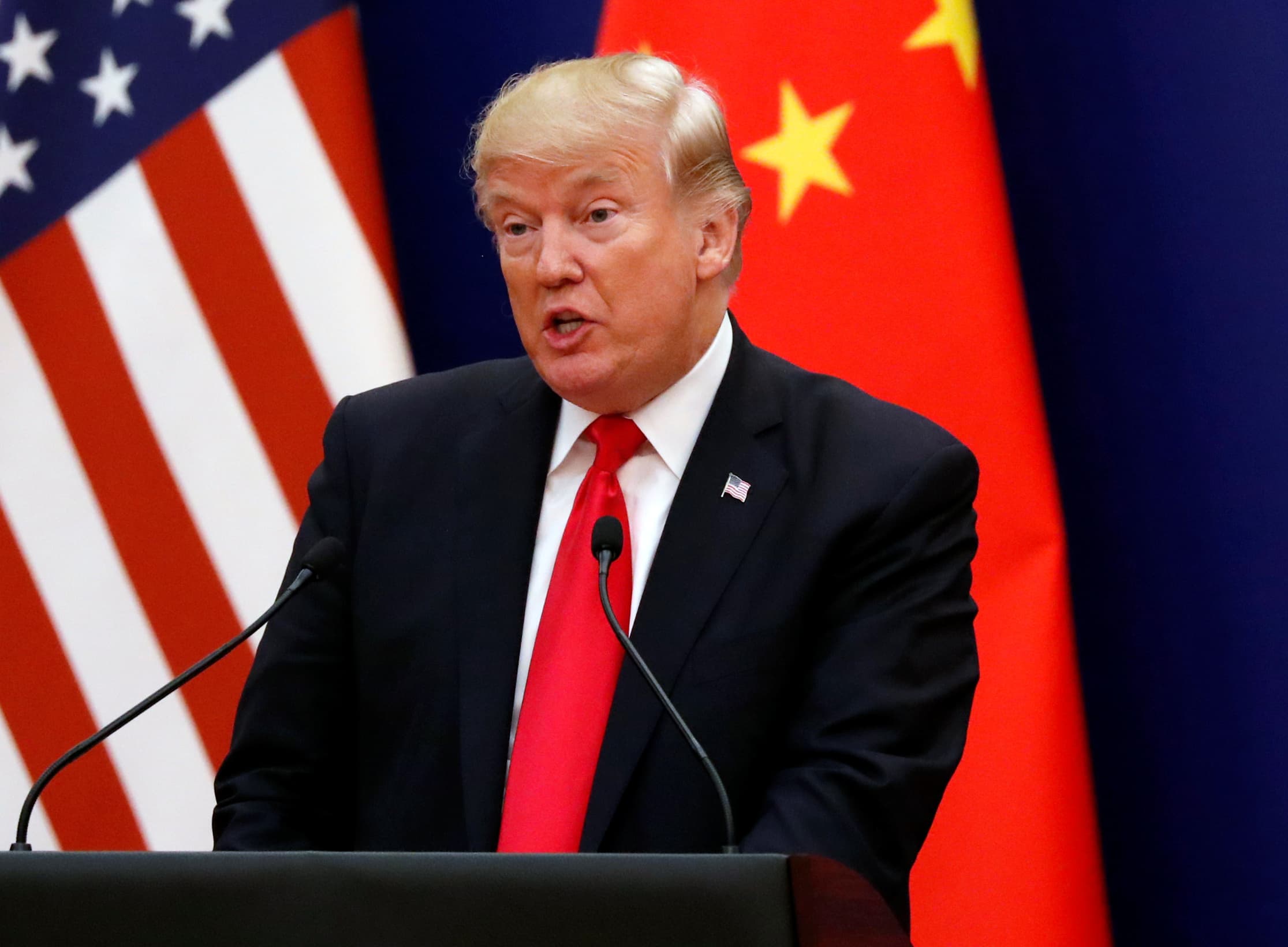While President Donald Trump says he has a trade deal in place, the Chinese side is calling it progress – as corporate spending and investment hangs in the balance.
Wall Street analysts were largely skeptical of Trump’s announcement on Friday of a substantial trade deal, as Evercore ISI strategists noted that it “focused on the low-hanging fruit, with a lot vague or not addressed.”
“Overall, we don’t think this Phase 1 deal clears the air for global corporations to decide on what matters most – where to invest, produce, hire or source,” Evercore said in a note to investors.
China’s trade negotiators want to meet for more talks in the next couple of weeks, people familiar with the matter told CNBC’s Kayla Tausche on Monday. Before Chinese President Xi Jinping signs the “phase one” trad agreement, the nation’s negotiators want to add more detail.
Credit Suisse doubts this “mini-deal” will lead to the end of the U.S. trade war with China, saying it sees “daunting obstacles” to a full resolution. But Credit Suisse does see some good news in the early agreement.
“We believe it sets a floor for markets for at least the next 1-2 months,” Credit Suisse analysts Dan Fineman and Kin Nang Chik said.
Goldman Sachs chief economist Jan Hatzius told investors that, although the scope of the early agreement “looks roughly as expected,” the U.S. has yet to announce a decision regarding the Dec. 15 increased tariffs on Chinese goods. The Dec. 15 tariffs will be part of the next round of negotiations.
“At this point we continue to expect implementation of that tariff round … though likely with a delay into early 2020,” Hatzius said.
Treasury Secretary Steven Mnuchin told CNBC on Monday that if China doesn’t sign the phase one of the deal, then the tariffs scheduled for December will take effect.
Corporate earnings expected to drop as outlooks worsen
While Trump’s trade optimism briefly boosted U.S. stocks on Friday, the calendar third quarter earnings season is about to begin and expectations are gloomy. According to FactSet, a sizable percentage of S&P 500 companies have lowered expectations before reporting third quarter results.
“Of the 113 companies that have issued EPS [earnings per share] guidance for the third quarter, 83 have issued negative EPS guidance and 30 have issued positive EPS guidance,” FactSet senior earnings analyst John Butters wrote on Friday.
That means 73% of S&P 500 that have issued profit forecasts have a negative outlook. Additionally, FactSet estimates companies will report a year-over-year drop in third quarter earnings, down 4.6% from the same period last year.
A more concrete deal will be needed before the earnings outlook improves, analysts said.
– CNBC’s Michael Bloom contributed to this report.
